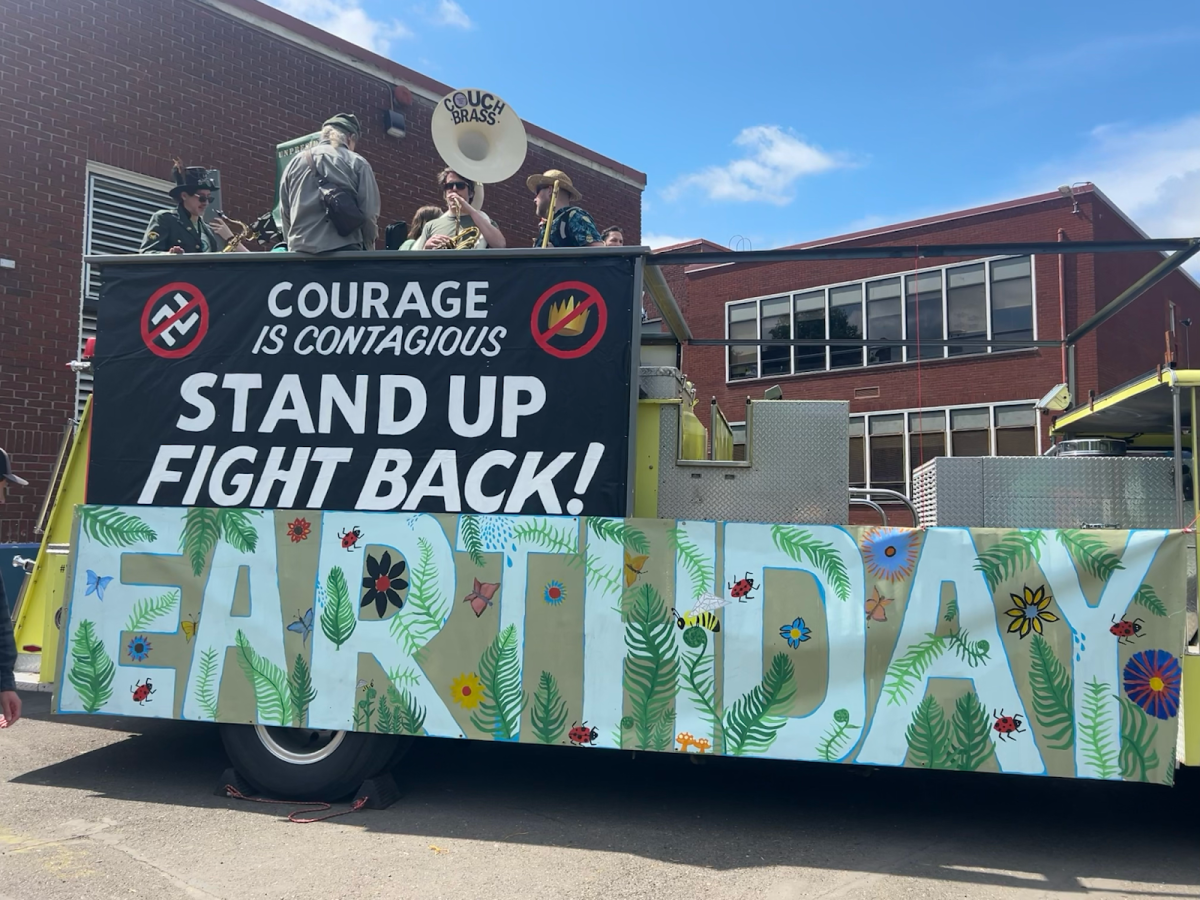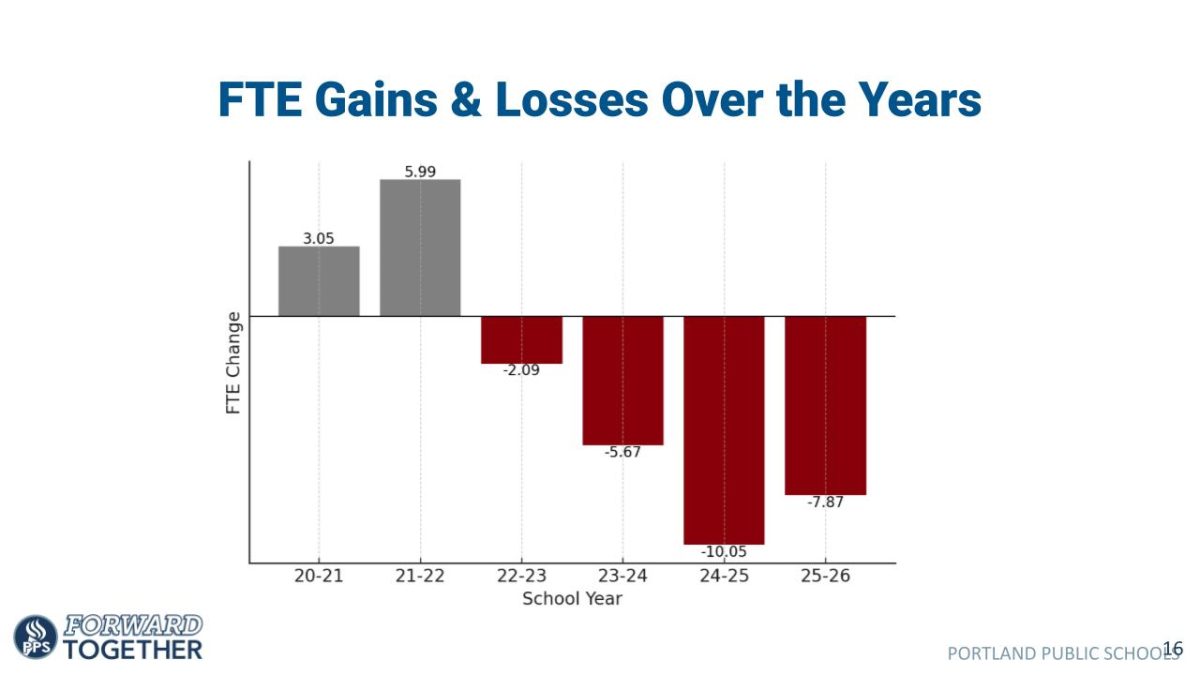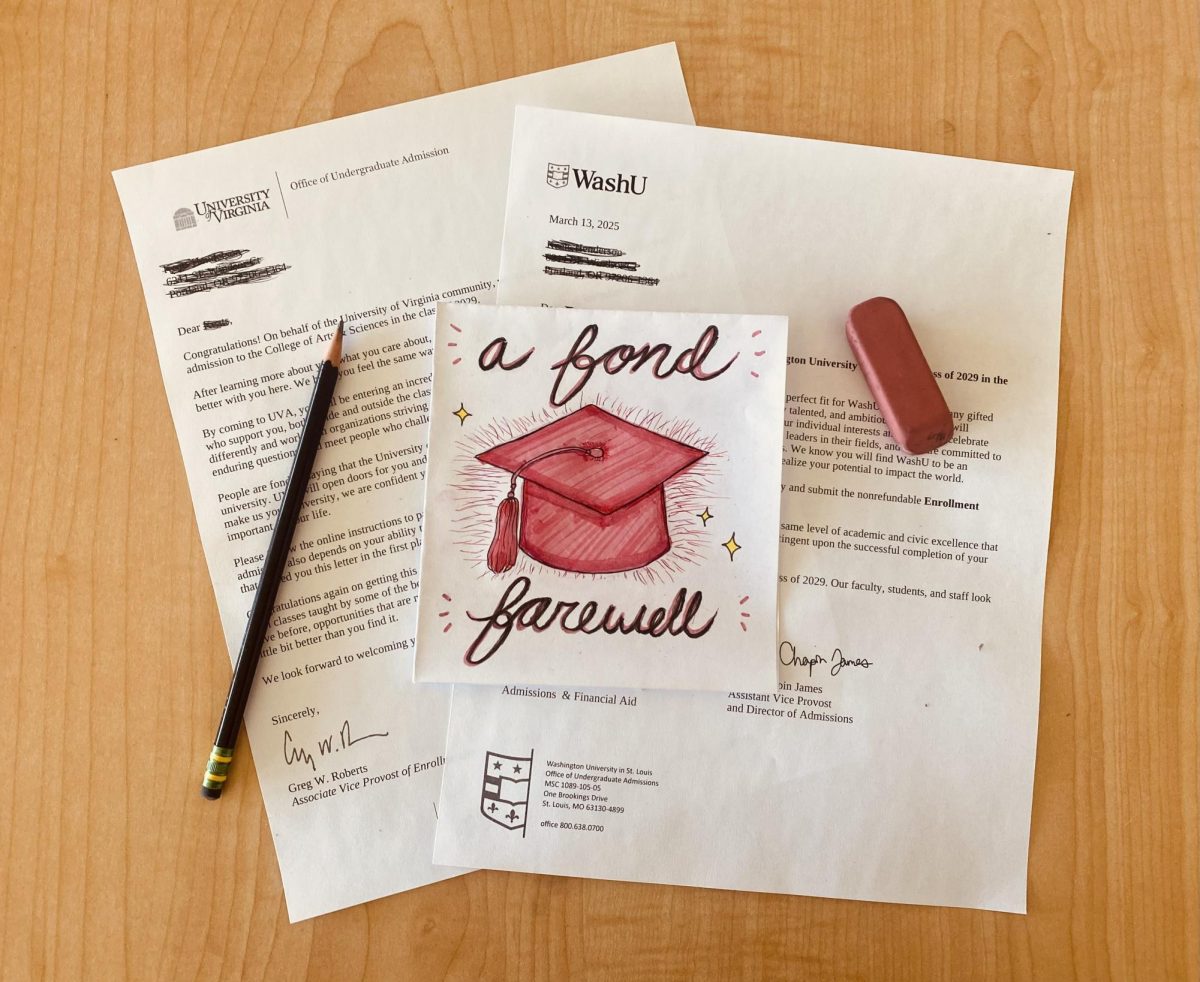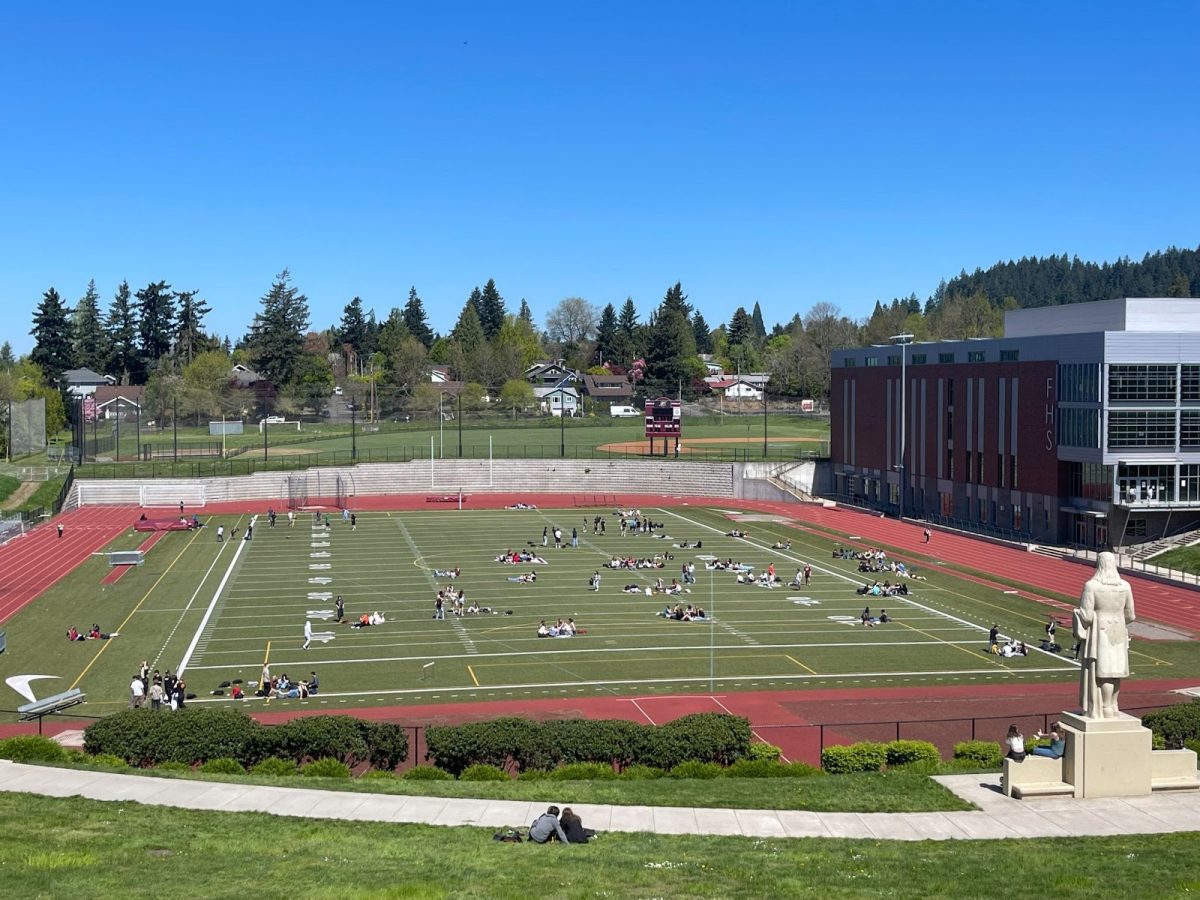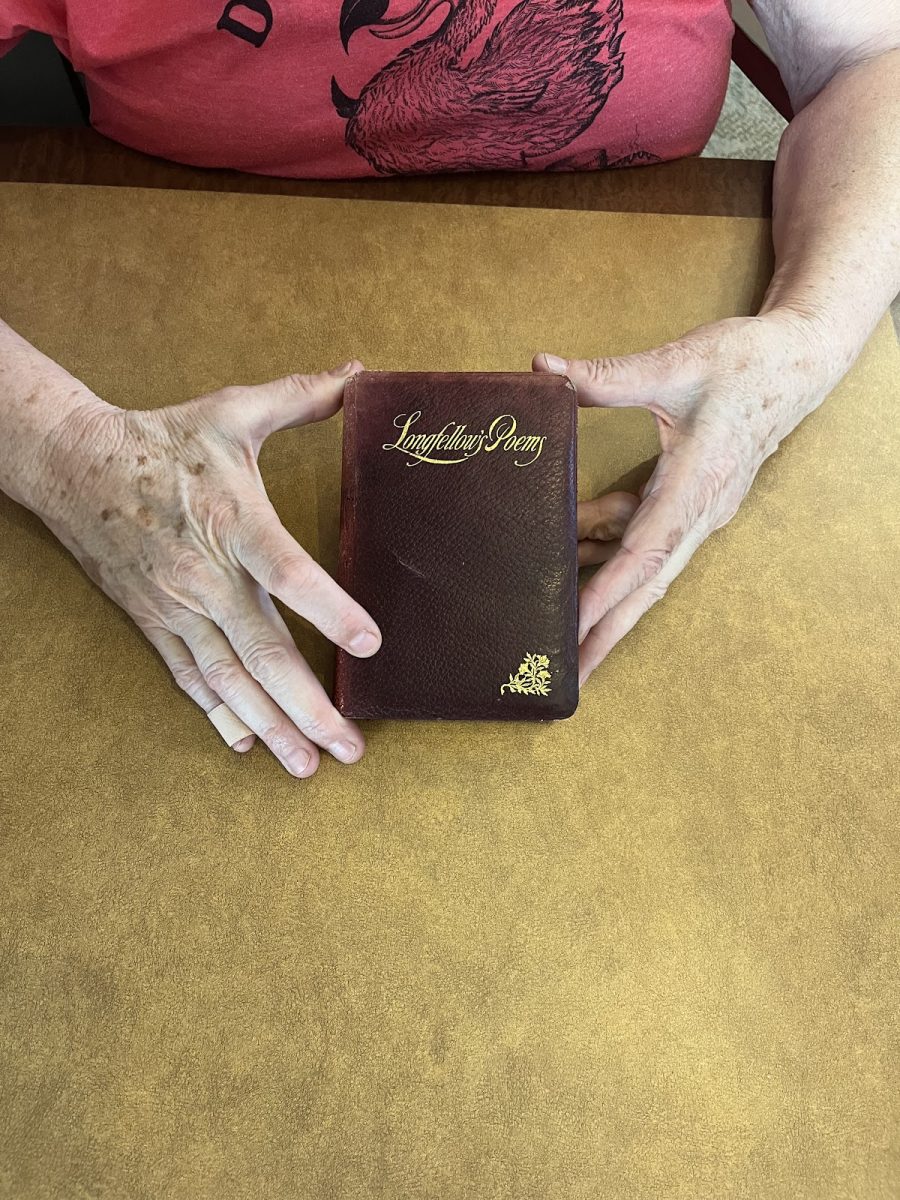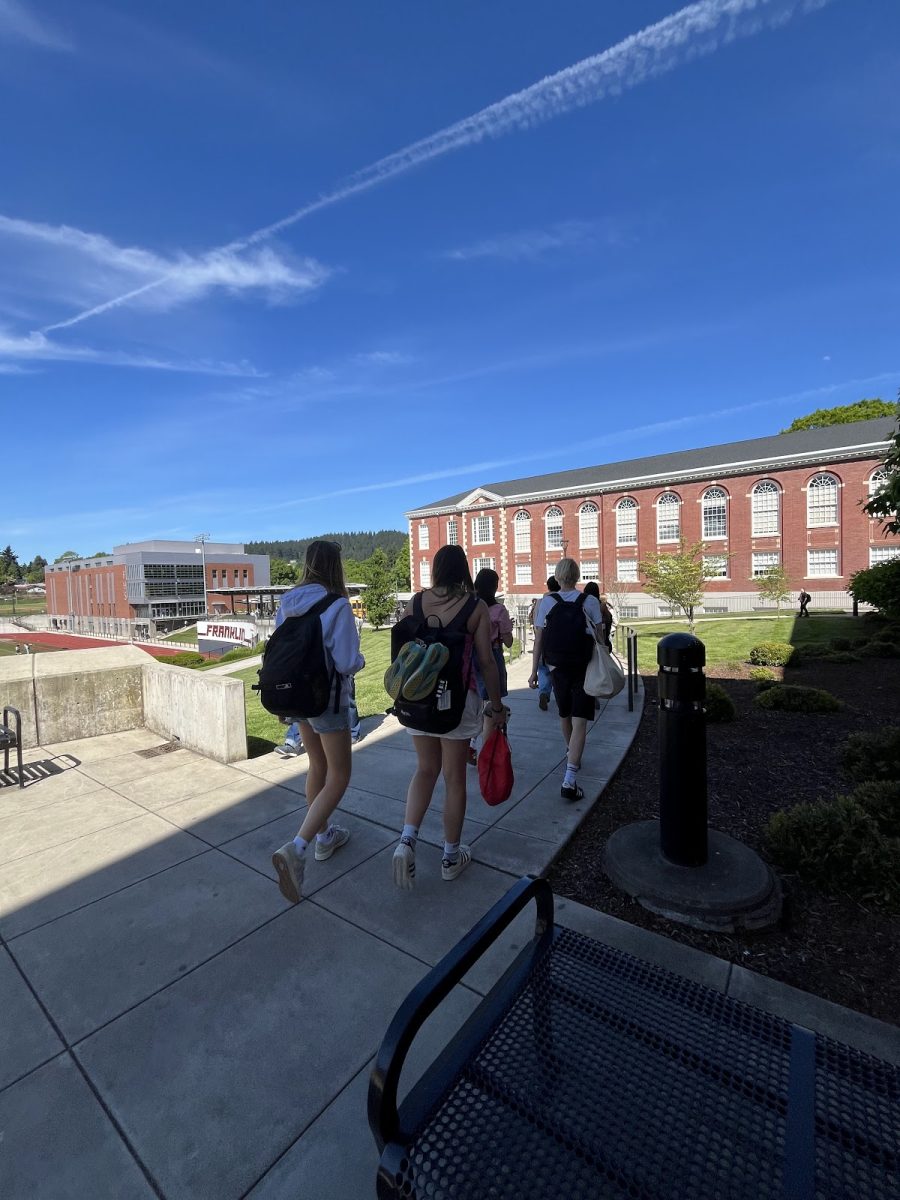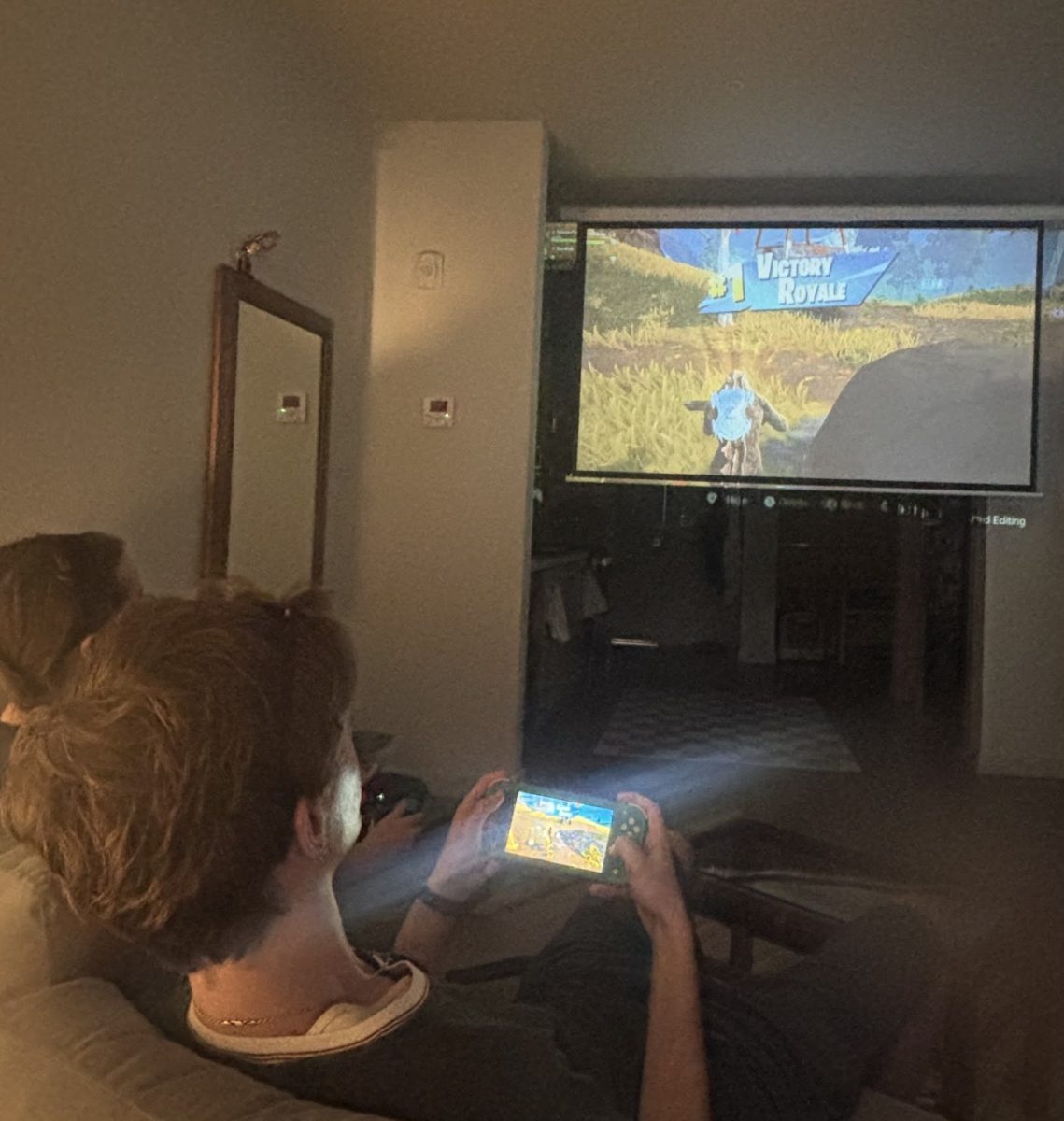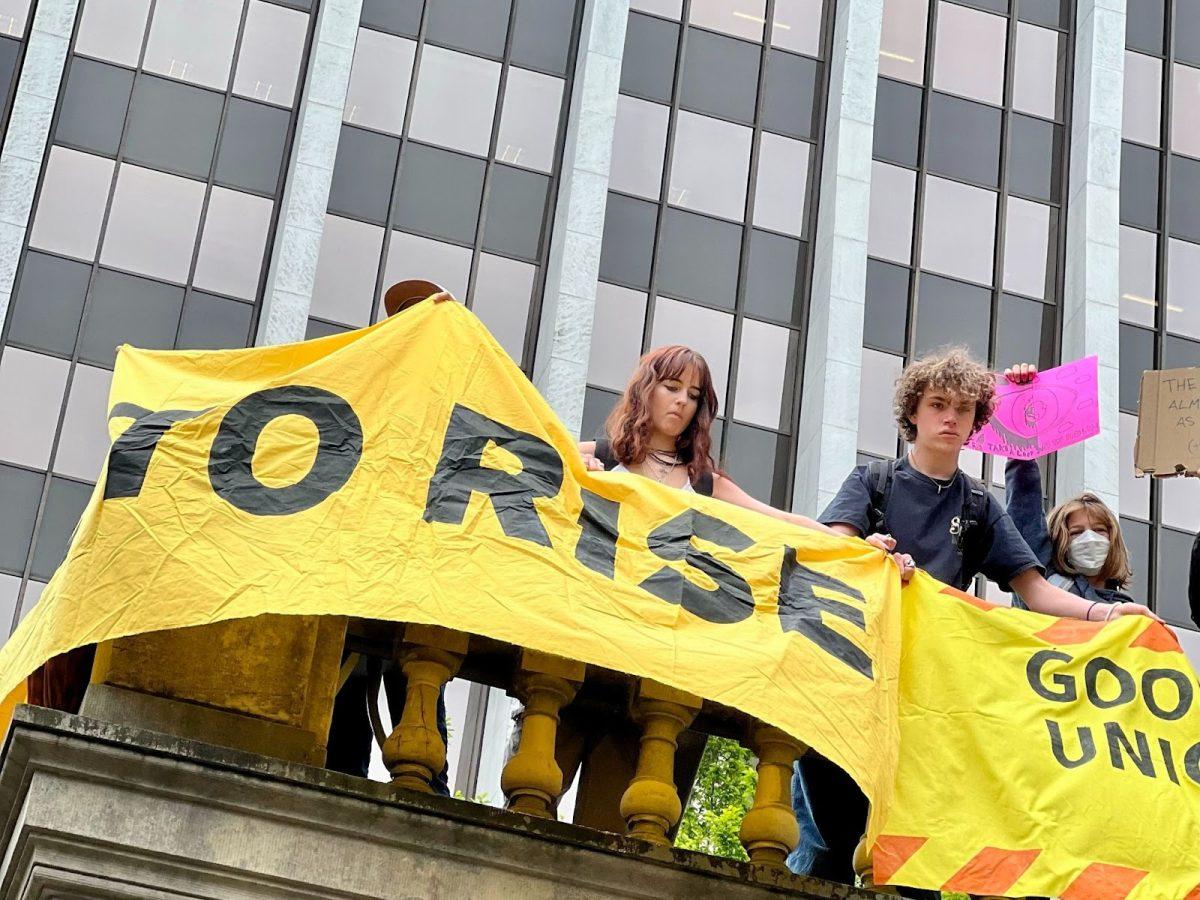Anyone can be a climate activist. You may not be a Greta Thunberg or an environmental science enthusiast, but that doesn’t mean you can’t join the movement to fight the climate crisis. Climate activism comes in many different forms— from protests to policy advocacy, art installations to awareness-raising campaigns; there are many different ways to get involved. And the time to act is now. According to NASA, human activities have raised the atmosphere’s carbon dioxide content by 50% in fewer than 200 years. National Geographic reports that the earth has seen 20,000 years of change in the span of 170 years, and this will not only make our future uninhabitable, but is wreaking havoc on our world today.
Young people are afraid for their future, but are more importantly passionate about changing today. I had the pleasure to get to know three high school climate activists: Sariah Albers, Alexis Sosa, and Robin Sack. Through sharing why climate justice matters to them, what actions they take to make change, and what advice they give to those who want to get involved, these activists play a critical role in the movement to combat the climate crisis: they inspire.
Sariah Albers, a Franklin senior, got involved in climate activism her sophomore year. “I started researching about climate change, and it scared me,” recalls Albers. Albers founded the Climate Action Club at Franklin and joined the Portland Youth Climate Strike. Another Franklin senior, Alexis Sosa, got interested in climate justice through Albers. “I only really got to start learning about [climate change] recently. Kind of through [Albers], she introduced me.”
Over the summer, Albers and Sosa attended a summer camp run by Sunrise Movement PDX (Sunrise PDX), a youth-led climate justice organization. At Sunrise PDX, empowering and uplifting youth voices is a core value of the organization. One example of the work they do is campaigning for the decarbonization of Oregon’s transportation system (which is currently responsible for 40% of all Oregon carbon emissions, according to oregon.gov). At the Sunrise PDX summer camp, Albers and Sosa learned in-depth about climate justice leadership. They are now bringing their newly gained knowledge to Franklin.
This year, Albers and Sosa plan on starting their own hub, “Sunrise PPS,” centered on holding the school district accountable. “What we’re trying to do is get the Green New Deal for schools passed by the PPS district,” explains Albers. The Green New Deal is a 10 year plan to mobilize every sector of American society against climate change, touching on environmental degradation, economic inequality, and racial injustice. This year, Sunrise PPS plans to advocate for healthier local school lunches, more pathways to green jobs and climate curriculum, and more climate disaster plans.
Sosa emphasizes that at Franklin in particular, “we’re going to implement the Green New Deal into our already existing club.” Because Albers and Sosa are seniors, they won’t be able to see the program grow. “[O]ne of our goals is to find younger people that are really into [climate justice] like us and teach them what we learned at the summer camp and teach them how to be leaders and advocates for the same issues [we are],” says Sosa. Albers adds, “I feel like our job is to mentor them [so] they can keep it going.”
Climate justice can be meaningful to people in different ways, and many different lessons can be learned from climate activism. “Climate justice is important to me because of its intersection with all other types of justice,” says Robin Sack, a Grant High School senior and the Communications Team Co-Lead of Sunrise PDX. “By investing in the climate movement, you also get the opportunity to invest in so many other movements, learn from them, and learn from the organizers within them.” For Robin, it’s important that our generation and future generations “can live in a world that is not only not on fire but also free of oppressive systems that exacerbate each other.” Robin joined Sunrise PDX in September of 2020, “right after the smoke from wildfires had alleviated and I could finally leave my house without the sun setting while flaming orange.”
Through Sunrise PDX, Robin learned how to run a protest, create messaging, talk to elected officials, and change the public’s mind on topics like freeway expansion. “I think getting involved in climate justice as a high schooler is one of the most important things a high schooler can do! Through climate organizing, I have not only gained the skills to pull together a protest and facilitate strategy meetings, but also I’ve improved my public speaking skills, my communication skills, my ability to talk to adults in many different settings, and I have also made some of my best friends.” Robin emphasizes that the skills built from climate activism can be useful in other settings as well. “Climate justice has brought me so many helpful life skills as a high schooler that I will need going forward into the world once I graduate! There can never be too many people fighting for a just, green world either.”
Albers, Sosa, and Robin show us that getting involved in climate justice can be exciting and empowering. Robin believes that young people hold some of the most important roles for addressing the climate crisis at hand, stating, “[g]rowing up we’ve seen so much destruction in our world. That ignites a passion so much stronger than anyone might think; knowing that this is our only life, we’ve only been in it for two decades give or take, and [that] it could be cut short because of [the] climate disaster is such a terrifying thing, and also so powerful.”
Not only are young people the most affected by the climate crisis, but young people’s stories also have power. “Our stories make people listen, and that is the most unique thing someone can do in terms of addressing the climate crisis,” says Robin. By getting involved with an organization, joining a club, or educating yourself, you can easily make climate justice a part of your life.
“You just have to reach out a little to find [organizations],” says Albers. Sosa can attest to the power of reaching out. “Don’t be scared about reaching out to the organizations …. I went into [it] not knowing anything. I was so scared. I was like, what am I even doing? By the time I left, I felt competent.”
Reaching out can seem scary, but rest assured, these organizations are excited to get your email. “We are always so excited to get emails to Sunrise PDX asking how to get involved,” says Robin. “If you don’t have internet access, talk to your peers, your teachers, your family, and your classmates! Lots of schools have climate justice clubs or teachers who have connections to people [who are part] of movements, and chances are your social circles do too.” Sunrise PDX and Franklin’s Climate Action Club are two excellent options to reach out to.
Being a climate activist can be tiring. But when we come together, our collective power is what can create the energy to keep moving forward. Robin admits that “[a]s a full time student and volunteer organizer, it can be a huge challenge to balance everything while trying to maintain a sense of hope and joy,” but continues that “the main thing that keeps me going are my peers. Seeing them act makes me want to act alongside them! Watching them change the world in unimaginable ways is such a beautiful thing, and there’s truly no better feeling than knowing you are changing the world together.” Sosa recalls that especially at Sunrise PDX, the members “were all so young, and all so passionate about [climate justice]. They were all telling stories about how climate change is a big part of their life, and it was really inspirational.”
Young people and adults alike are part of this movement. We can all be part of the fight for our future. The unique contributions that each one of us can offer are indispensable. Changing the world can start with your local community. As an individual reaching out is the first step. Robin reflected that “[s]omething I wish I had known when I didn’t know where to start was that taking the risk is so worth it. Send the email, ask the person in the hallway, go to the protest!”


